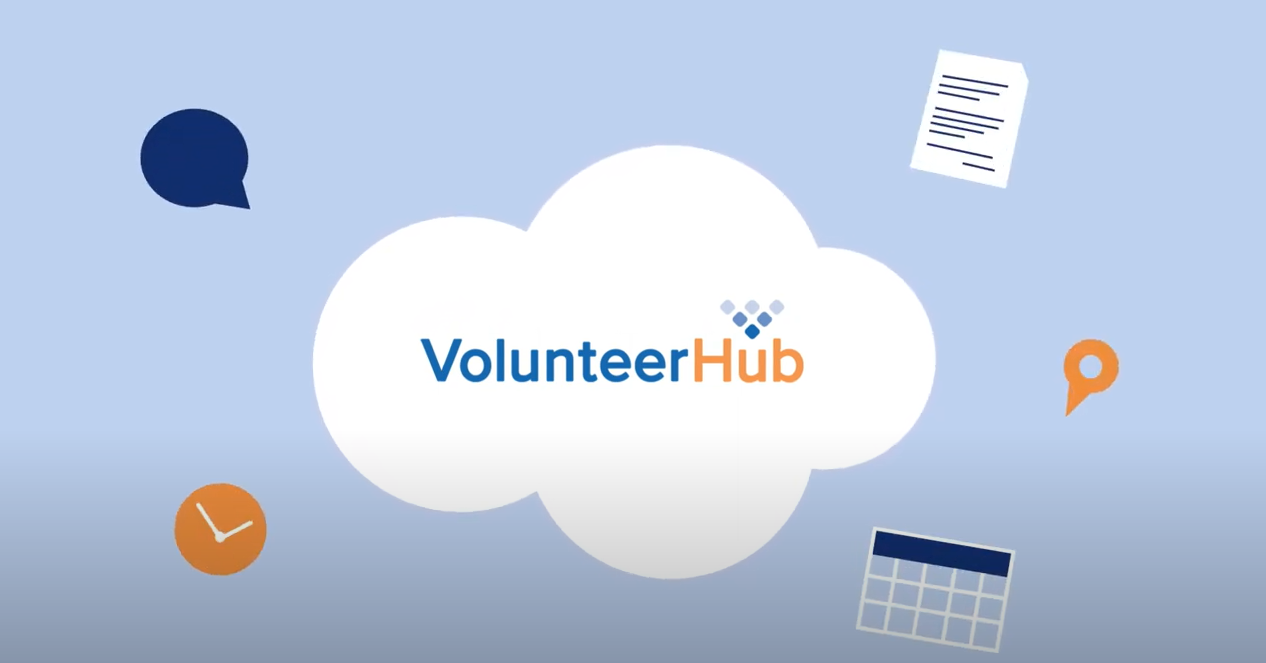Using Technology to Communicate More Effectively
Technology for Non-Profit Organizations
In the business world, technology is used for its competitive edge, to increase efficiency and cut costs. Although nonprofits do not have stockholders or owners to satisfy, they do have a bottom line to consider. If a nonprofit doesnt meet its guidelines, stock will not plummet, but programs and services and the populations they serve — may suffer. Unlike their business counterparts, however, nonprofits have been slow to adopt new technologies, one of the biggest reasons being the perception that investment in technology is an unnecessary use of money.
But is it? Think about your day today. Did you wait several hours to work on a computer that has an application that yours doesnt? Wade through multiple lists to create one good list? Sift through a mound of notes looking for that contact number you know you left on your desk? Play several rounds of phone tag with a volunteer? Think you were recreating the wheel on a project? If you answered yes to one or more of the scenarios above, we think its safe to say that being more efficient in any or all of these areas would improve your bottom line.
Communication Within Your Organization: Email and Open Source
Just as each structure requires a strong foundation, communication should be every organizations keystone. This specifically includes the efficient flow of information between members of the organization. Despite often being very low cost or even free, tools to increase intra-organization communication are often overlooked.
A simple way to stay connected with others within the office, of course, is email. If you need to get started in this area, most service providers also will set you up with a basic email account. Other services such as Yahoo and Hotmail offer free email accounts and arent tied to any particular provider. If you already have some sort of Internet connection, you probably use Outlook as your email organizer. In reality, Outlook should be called Overlooked, because many users dont realize Outlooks capabilities to organize most of your daily activities. It can keep you on track with its calendar, reminder features, and task list, and Outlook also allows you to communicate your availability and schedule meetings with co-workers. For less than $25.00, you can invest in an Outlook for Dummies book and learn how to put this under-utilized resource to work for you.
Although email is important, probably the most vital aspect of efficient intra-office communication is software continuity. By this we mean everyone running the same version of the same software programs. If all office computers are running the same software, then all documents can be easily accessed by everyone. As an alternative to purchasing expensive software packages, nonprofits are discovering open source options. Open source programs are those put into the public domain that users can download at no cost. There is a wide variety of open source programs out there. Naturally, some of the most popular applications for office use are word processing and spreadsheets. Now instead of purchasing the pricey Microsoft Office package to get these applications, some nonprofits are choosing to download the comparable open source program called Open Office — at no charge. Curious? Visit Open Offices website at http://www.openoffice.org.
Communication Within Your Profession: Email Lists
Do you ever feel like youre recreating the wheel? Have you found yourself wondering, Im sure someone out there has done what were thinking about doing. How did it work out for them? Or maybe you just are looking for an unbiased opinion outside your organization.
Many nonprofits are now turning to email lists as a way to connect with each other. An established email list serves as a community of people that communicate within a specific topic or profession via email. (The service is generally free.) One member will send an email, and it will be distributed to all members of the community. Other community members can then email the writer back with their information and/or opinions. For example, public libraries across the country use their email lists to share information on current topics and trends, programs offered, and new ways to serve patrons better.
Established email lists also are an important means of disseminating information. The same public libraries quickly networked this past summer to spread the word about a recall of high lead-content toys that were distributed to libraries as prizes for childrens programs. This is an example of an email list working at its best, as libraries were then able to take proactive measures to protect their patrons interests and safety. As in the case with the libraries, subscribing to a email list will connect you with others in your profession and allow you to tap into a huge collective knowledge base. A quick Internet search should help find the right one for you.
Communication with Donors: Online Donations
Would you like to receive donations without ever having to pick up the phone or send out a letter? If your website is set up to accept online donations, you can do exactly that. It goes without saying that nonprofits should make it as easy as possible for their donors to give them money. However, according to a recent study by DotOrganize, 47% of organizations surveyed did not have that capability. Any nonprofit organization with a website should look into online donations, as there are a wide range of Internet cashiers from which to choose, including PayPal, FirePay, NetTeller, and more. Once you can accept donations online, make the most of fundraising drives by sending a mass email instead of a mass mailing, and you will save your organization even more time and money.
Communication with Volunteers: Your Virtual Personal Assistant
I wish I had more time, Im running out of time Im crunched for time right now. There just arent enough hours in the day Chances are you have mumbled, yelled, said, thought or heard one of these recently in your office. Volunteers can provide those extra hours you are in search of. The paradox of volunteers is that it takes time to recruit, coordinate, and manage them. Even contacting volunteers can be a challenge. In fact, the recent DotOrganize study shows that simply compiling an accurate list of supporters would take many organizations at least five hours time lost that could be spent planning how to make the most of their volunteers.
For nonprofits, volunteerism may be the area in which technology can be the most beneficial. Our low-cost solution is a web-based application called VolunteerHub. VolunteerHub can help with all the areas of volunteer management, from announcing volunteer opportunities and taking registration online to automated event sign-in sheets and thank you emails. Among its many features, the program also has an integrated record keeping function to track volunteer hours.
Can Your Organization Afford to Implement Technology?
As you can see, with these free and low-cost tools, technology is no longer out of reach in the nonprofit sector. With careful consideration and a little planning, a small investment in technology can reap huge returns. So, the real question is: Can your organization afford not to implement technology?
This article was published by PNN Online on December 12, 2006



